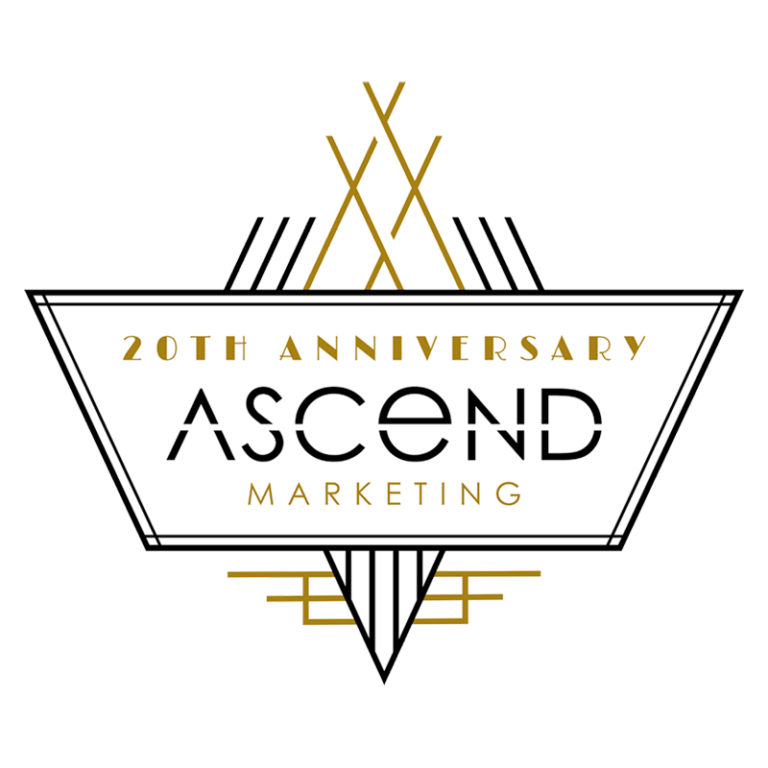We’ll help you get the most out of Marketo.
No matter where you are in your journey, our Marketo experts can help you reach and exceed your marketing goals, build efficiency and accelerate growth.








Join our community for more regular updates.
